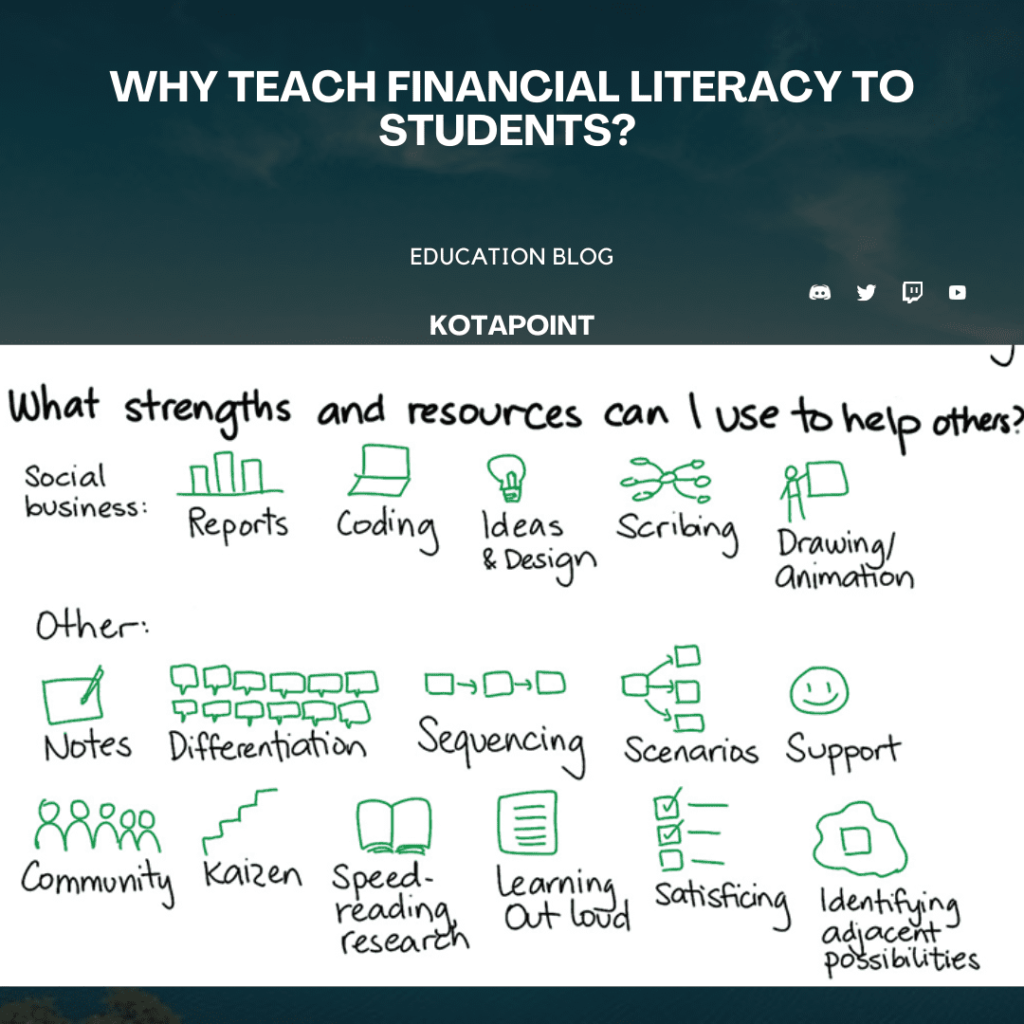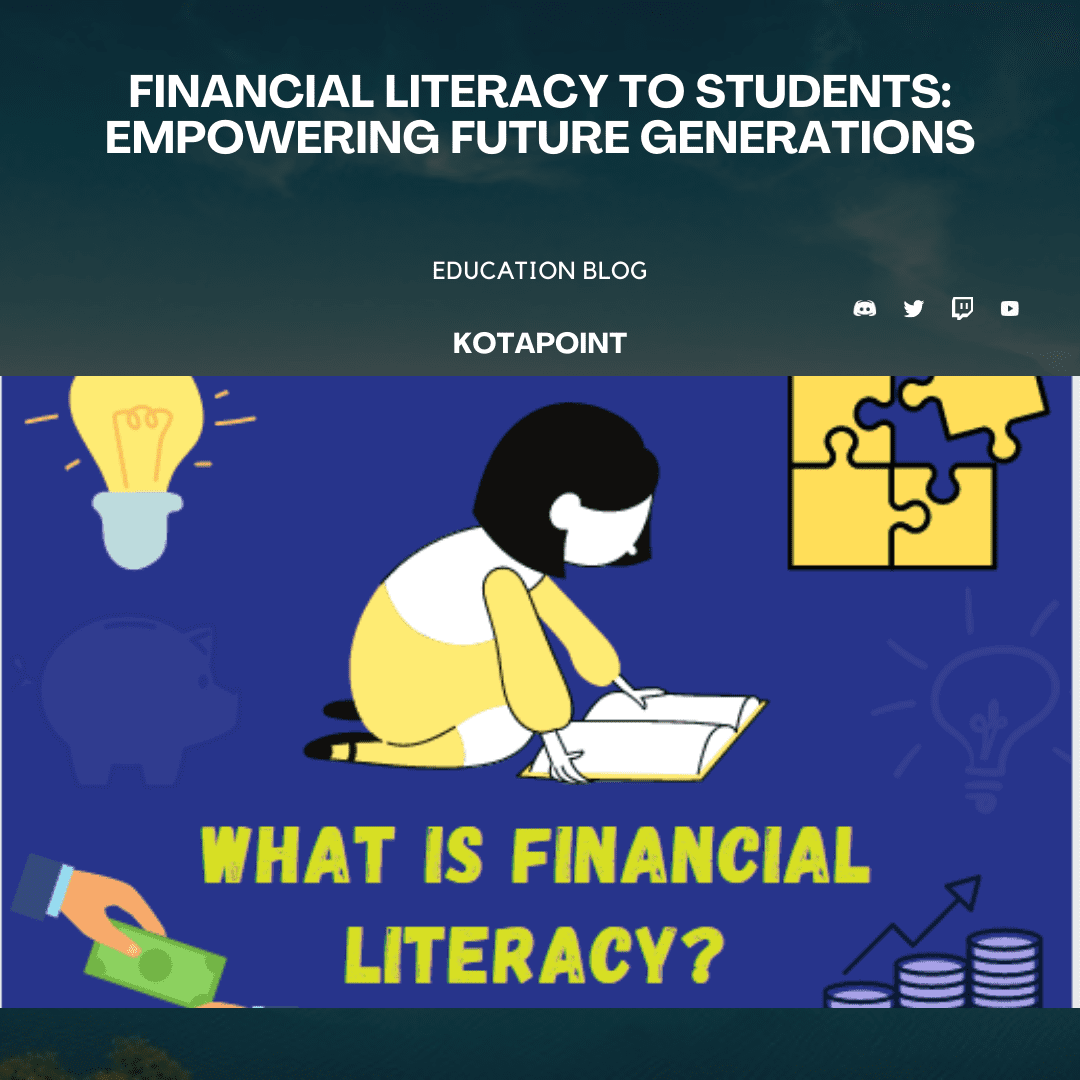
In today’s complex financial landscape, equipping students with the knowledge and skills to navigate the world of money is of utmost importance. Teaching financial literacy to students not only empowers them to make informed financial decisions but also sets them on the path to a secure and prosperous future. In this blog post, we will explore the significance of financial literacy education to Students, its benefits for students, and effective strategies to teach financial literacy. Join us on this journey as we strive to foster a financially literate generation.
Why Teach Financial Literacy to Students?
Financial literacy education is essential because it imparts crucial skills and knowledge that students can apply throughout their lives. By teaching financial literacy, we can address the following key aspects:
- Financial Independence: Students learn to manage their money wisely, promoting financial independence and reducing reliance on others.
- Decision-Making Skills: Financial literacy equips students with critical thinking and decision-making skills necessary for evaluating financial options.
- Responsible Spending Habits: Teaching students about budgeting, saving, and avoiding debt helps cultivate responsible spending habits from an early age.
- Future Financial Security: By understanding concepts like investing, compound interest, and retirement planning, students are better prepared for their financial future.

“Empowering Students for a Lifetime of Financial Success!”
Strategies for Teaching Financial Literacy:
To effectively teach financial literacy to students, educators can employ the following strategies:
- Real-Life Examples: Incorporate real-life scenarios and examples in lessons to make the concepts relatable and practical.
- Interactive Activities: Engage students through interactive activities such as budgeting simulations, investment games, and personal finance projects.
- Collaborative Learning: Encourage group discussions and collaborative learning environments to promote sharing of ideas and diverse perspectives.
- Technology Integration: Utilize educational apps, online resources, and interactive tools to make financial literacy lessons engaging and accessible.
- Early Start: Start teaching financial literacy at an early age to establish a strong foundation and develop good financial habits from the beginning.
Conclusion:
Financial literacy is an invaluable gift that students can carry with them throughout their lives. By imparting financial knowledge and skills, we empower students to navigate the complexities of personal finance, make informed decisions, and secure their financial future. As educators and mentors, it is our responsibility to equip the younger generation with the tools they need to thrive in an increasingly interconnected and financially driven world. Let’s come together and ensure that every student receives the gift of financial literacy.
“Financial literacy is the currency for a prosperous future.”













Leave a Reply